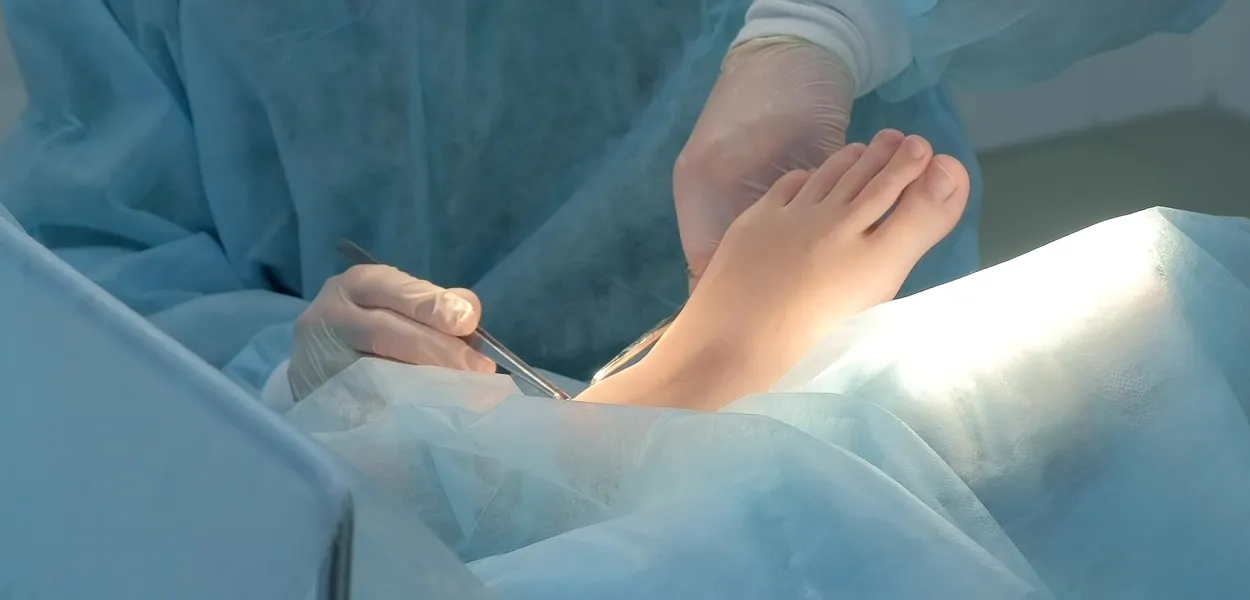
See the Results, Not the Scar
Minimally invasive surgery can treat pain-causing conditions like bunions and provide long-term relief. At Michfoot Surgeons, Randy Leff, DPM, and other minimally invasive podiatric surgery specialists offer innovative procedures that cause less trauma, reduce scarring, and have a faster recovery.

Although every minimally invasive approach is different based on the specific issue and part of the foot or ankle, all minimally invasive surgeries require smaller-than-usual incisions.
A bunion can cause severe pain and may prevent you from wearing normal shoes or walking comfortably. The minimally invasive miniBunion® procedure is a bunionectomy requiring one tiny incision just above your affected joint.
The miniBunion procedure restores the position of your joint, removes the bony prominence, and fixes the joint in place using a micro-implant.
You may also need minimally invasive surgery if you have the following foot or ankle problems:
- Hammertoe, claw toe or mallet toe
- Achilles tendon rupture
- Plantar fasciitis
- Recurrent ankle sprains
In some cases, people with diabetes may need minimally invasive surgery due to nerve and vascular damage. However, diabetic foot wounds may cause a high level of damage that’s not treatable using minimally invasive techniques.
The team at Michfoot Surgeons always uses the most conservative approach possible. If you need surgery, we will give you the advantages of the minimally invasive approach when we can.
- Small surgical scars
- Minimal tissue disruption
- Minimal chance of infection
- Fast healing
- Minimal pain during recovery
Minimally invasive surgery generally offers a faster return to walking and wearing your regular shoes as well.
Patient Reviews
Your Feet Deserve 5-Star Treatment
“Dr. Leff and his staff are simply wonderful. Dr. Leff knows what he is doing. He is professional, experienced and takes the time to help you understand …”
– Elaine Y.
“Explained everything! Listened to my concerns and answered all of my questions.”
– Susan V.
“Totally professional, kind & knowledge physician. Highly recommended.”
– Kathleen B.
